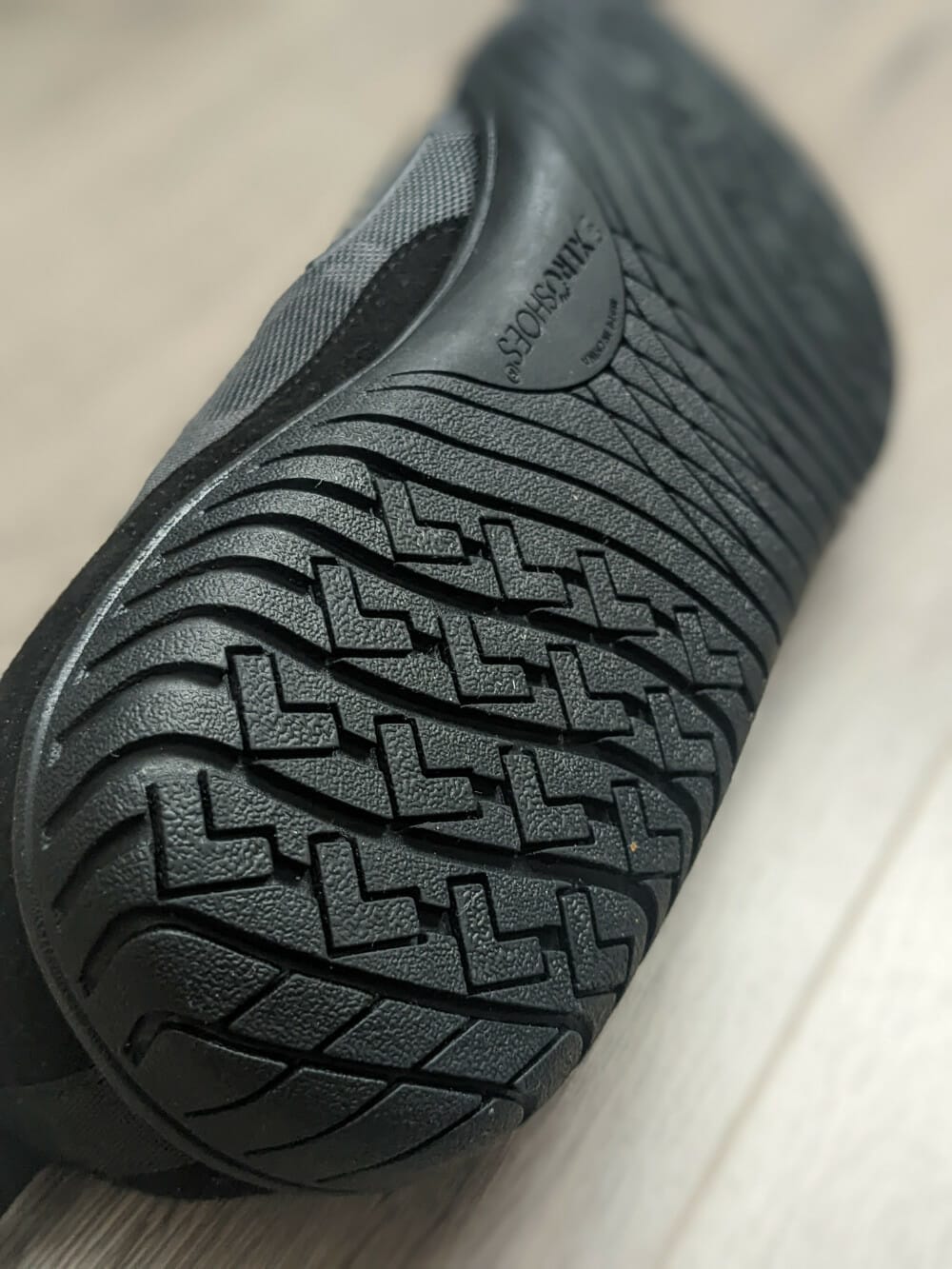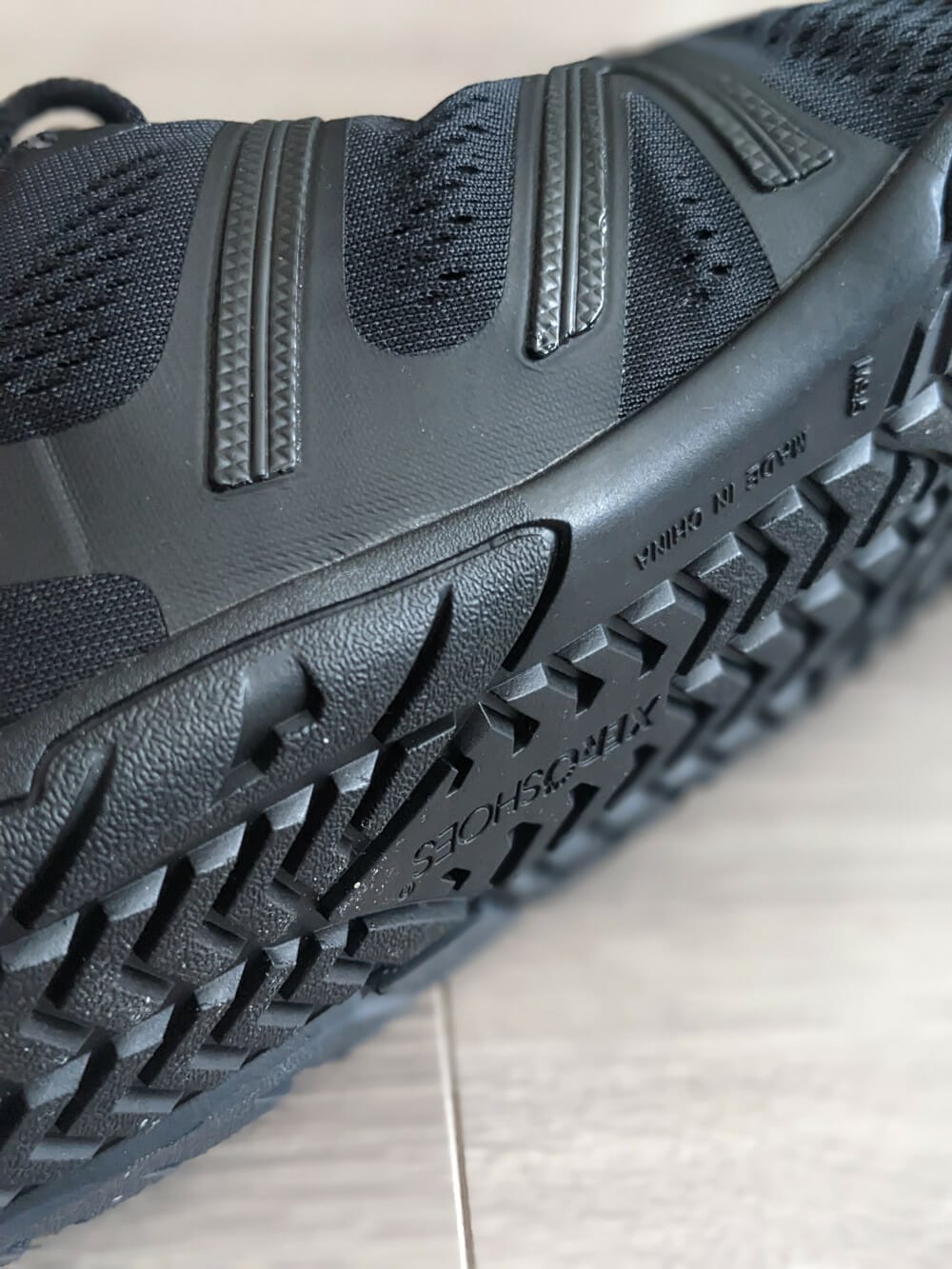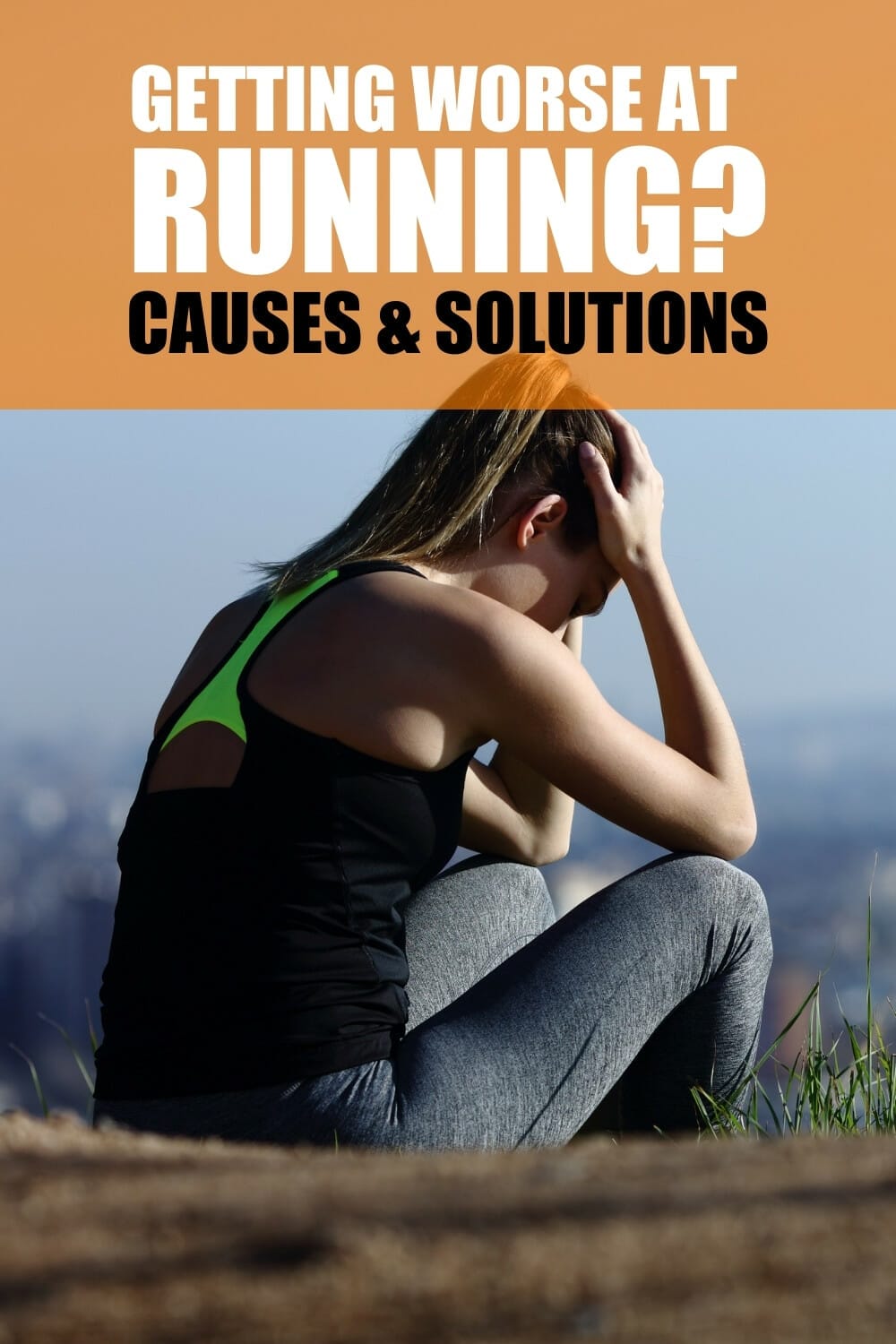If you’re anything like us, your love for running is something that will always be there. It’s something that, even when we’re having a bad day, doesn’t let us down. It’s something that helps us keep our stress levels in check and our bodies in shape. On top of all these things, it’s something that can also help us achieve our fitness goals faster.
While we love running, it can be a challenge sometimes. If you’ve been hitting some roadblocks lately while trying to get fitter with running, you’re not alone. Runners sometimes reach a plateau in their ability to run longer distances or improve their times. But don't lose faith! We have some tips on how to get back on track with running.
Have you been hesitating to go for that run? When you find it hard to improve, or you feel like you're going backward, you may wonder ‘Am I getting worse at running?’.
So how do you fall back in love with the sport when things aren't going your way? Here are some thoughts and practices to get you excited about lacing up your running shoes again.
Schedule, Training Volume, and Method
The hour of the day and the day of the week you run are crucial considerations. Fatigue may cause slower times and pace, which can easily cause a training plateau. If you’re consistently running 10 km after work around the local park but see the times consistently get worse – it's time to make a change to your training schedule.
It's possible that your demanding job is wearing you out more than usual and that you don't have the energy to set a time that will satisfy you. Try doing it before work. Not only will you feel more energized, but running in the morning has been said to improve focus, which can be beneficial for your professional life.
Runners do not want to hear the words “take a few days off.” Unsurprisingly, it is a practice that must be followed. Most people who attempt to run seven days a week will see their times plummet because they do not allow their muscles and bodies to recover. Allowing your legs (and your entire body) to rest and recover will ensure that you have every opportunity to regain your best form.
Of course, there are contrary opinions, but for the average athlete who runs for fun and fitness but wants to keep getting better, rest days are a good thing.
To get you back up to speed, you should reduce your mileage. Consider stopping short at X mark if you're consistently burning out. Build up again and again until you're back to the desired level. Your fitness, running endurance, and times will improve over time.
Do not be afraid to mix up your route if you are able. After going around the same neighborhood 1000 times, you may get bored. Taking the route that passes the park, along the river, and down by the road where you used to live doesn't enthrall you anymore. Running is mentally and physically demanding, so give yourself a new challenge.
There are times when your performance is affected by outside influences. For runners, the weather is a major factor. Running is less appealing when the weather is bad. Running might not be safe if it's icy. Besides running on the spot at home or going to the gym, you can't do much else except miss these sessions. You can maintain your fitness by cross-training with another exercise at home that you can do comfortably. Build a home gym that's inviting and functional. Or learn to do bodyweight exercises that will improve your strength and running speed.
Equipment and Training Shoes
Remember, no matter how much new equipment you buy, you'll still need to find the motivation to get out and run. New running shoes are not a magic bullet. In spite of this, there are real advantages to buying new gear that can help you achieve your goals.
It still takes hard work to break your PRs again.
Time to get some new shoes! Your current ones are looking pretty worn out. Your shoes can be your best friend but as with any partnership, the spark can fade over time, which sometimes calls for a fresh start.
It's important to keep your kicks fresh so that your feet have the support they need. You could even get the same make and model of shoe you currently own. But even if you loved your old shoes and want to stick with the same brand or style, it's important to keep in mind that your feet can change over time (even as an adult), so the shoes that fit you perfectly years ago might not be the best choice now.
If you're not sure where to start or what kind of shoes would be best for you, visit a running-specific sports shop where the knowledgeable staff can help you find the perfect match. If you don't mind spending a little more money, you might consider heading to a running-specific sports shop and getting a bespoke pair.
In the same vein, if you get a new pair of shoes, you may want to indulge in other gear, such as running shorts or a stylish training shirt. Although these items may be primarily for aesthetic purposes, there is a psychological incentive to use this new gear since you have spent money on it.
Have you tried minimalist shoes like the barefoot-inspired Xero footwear range? Xero's natural motion zero-drop shoes are hugely popular and feel great. I have two pairs (one for running and one for CrossFit). They allow your toes to move freely. You feel the earth, rather than just connect through a thick layer of sole. These shoes help your feet and legs work in the way they were designed.



Strength Exercises and Practices
There could be a weakness in critical areas that make running faster and more efficient in your body. Overtraining, prolonged sitting, and a lack of variation can lead to overdevelopment in some muscles, while other muscles atrophy.
Like swimmers, runners build massive strength in certain muscles while neglecting others. Tight muscles and weaknesses are a recipe for injury.
Make time for physical activities that don't involve moving forward quickly one foot in front of the other. Be kind to your body by shaking things up. Create new stimuli and prevent boredom. Weight lifting is one of the best ways to iron out any muscle imbalances, build strength and speed, and add variation to your training.
Flexibility and mobility are also important. To get your body in the best shape, fine-tune its intricate systems. Yoga offers some great benefits for runners. An easy but well-thought-out yoga training routine can help runners in many ways, including improving strength and flexibility, reducing the risk of injury, and calming the mind. Air squats (squatting without a barbell or weight) and calisthenics for legs also offer great benefits to sprint and distance running athletes.
The legs might be doing most of the work, but the whole body is involved in running. Good posture and running habits come from using your back, chest, and arms to support your frame. Strength in the right places leads to good posture, which in turn leads to a more consistent pace and enhanced performance.
You can also include some fartlek sessions in your program. Fartlek is Swedish for ‘speed play.’ While there may be hardened definitions of what a fartlek run is; in actuality it is as simple as a run where you tinker with your speed. Short bursts of faster and slower running will help improve your cardiovascular fitness.
Injuries, Pain, and Diet
When you lace up your shoes and hit the pavement, you're opening yourself up to the possibility of sprains, shin splints, knee pain, stress fractures, and other running-related injuries. But as long as you're careful and stay within your own physical limits, you can train injury-free. Just be sure to listen to your body and take breaks when you need them. Low-impact training can keep you moving while reducing the chance of injury.
Be sure to visit a medical consultant (doctor, physiotherapist, etc.) and/or a specialized, bespoke running store if you're experiencing a recurrent pattern of injuries. You could need a particular pair of shoes or some medical attention.
There are many opinions about what you should and shouldn't eat to improve your running career floating around the internet and in running magazines, but very little data to back up most of these claims. After all, Usain Bolt has famously stated he ate little else than fried chicken at the 2008 Beijing Olympics. While most nutritionists will tell us that fried foods are something to stray from. Of course, following Bolt's diet (or lack thereof) won't make us the fastest person on the planet, there's a lot to be said for eating what's best for you. Diet is highly individual and should be tailored to each individual.
Some highly-successful runners are long-time vegans while others follow a strict, high-fat keto diet for performance. Find out what works best for you in the short and long term.
You might be getting worse at running because of an iron deficiency, so this is worth exploring with a medical professional. A deficiency in iron can impair the body's ability to transport oxygen from the lungs to the rest of the body.
Many athletes suffer from low iron levels. Inadequate iron intake of any kind can have negative effects on athletic performance. If you believe this to be an issue, pack your diet with iron-rich food substances like red meat, chickpeas, fortified breakfast cereals, or even iron supplements to increase your iron intake.
Conclusion
Here are a few tips to help you avoid the slow down:
- Hydrate before and during your run: Dehydration can affect your performance in a variety of ways, so drink plenty of water.
- Fill your body with fuel: Eat something light before running, and carry energy bars or gels with you. When you're not running, follow a sensible diet. Long-distance runners might want to switch up their diet (with the guidance of a medical professional), which trains their body to run on more efficient fats, rather than carbs.
- Dress appropriately: Make sure you’re wearing clothes that fit well and aren’t too tight or too loose. Also, wear sunscreen and a hat if necessary. Shoes can make all the difference but don't obsess over this. It's unlikely that footwear is the root cause of your slower pace.
- Listen to your body: If something doesn’t feel right, stop running and take a break from sports. After a few days' rest, try again. Learning what works best for you is one of the best running hacks you will ever have.
